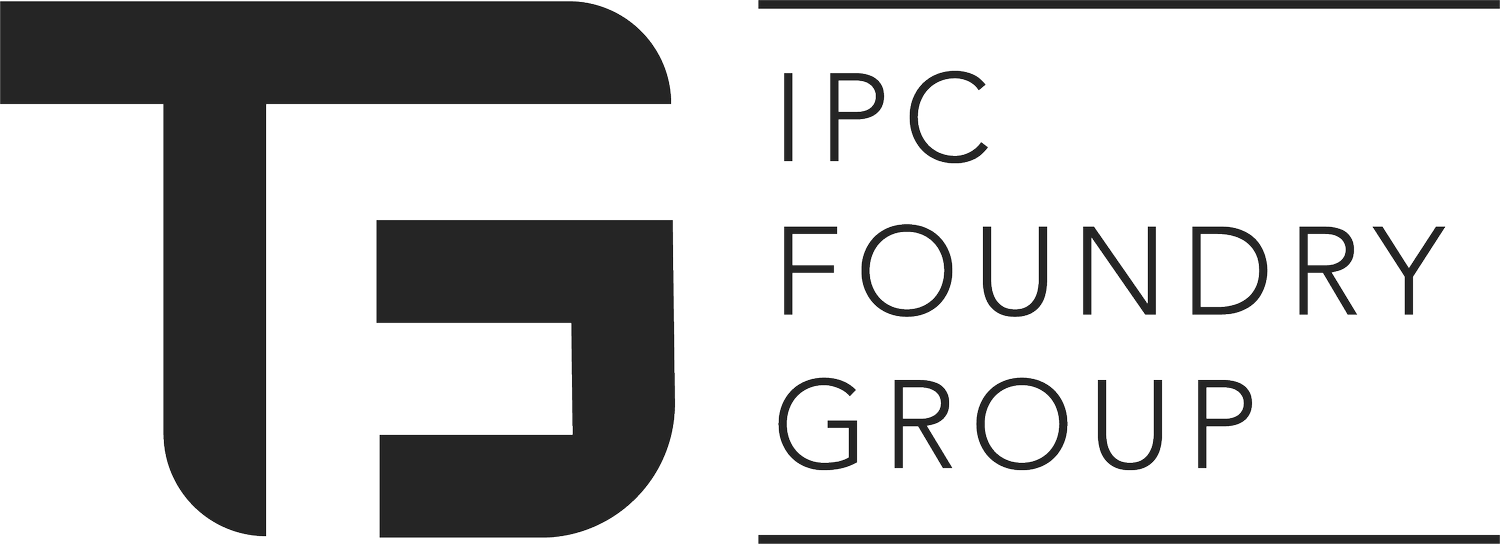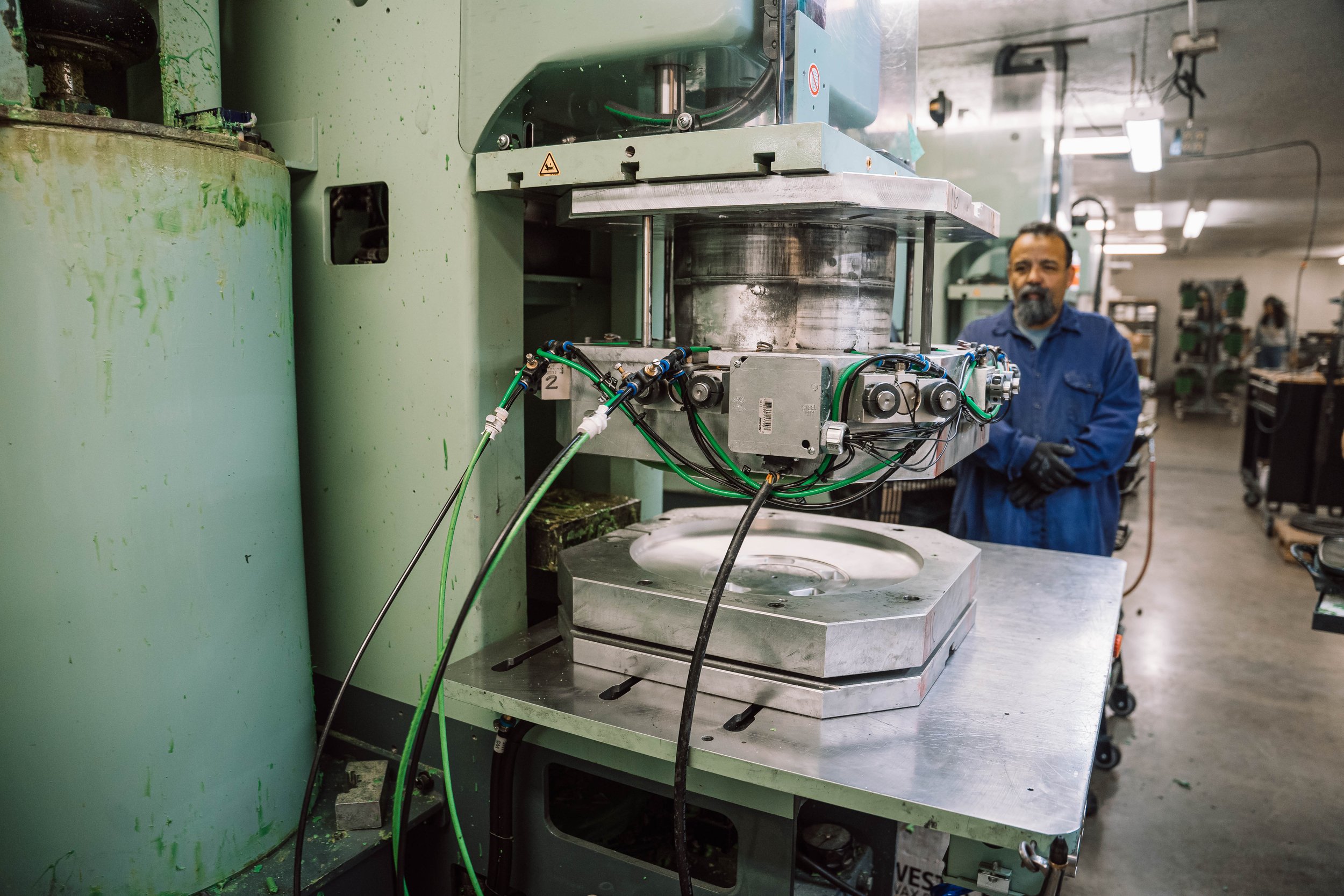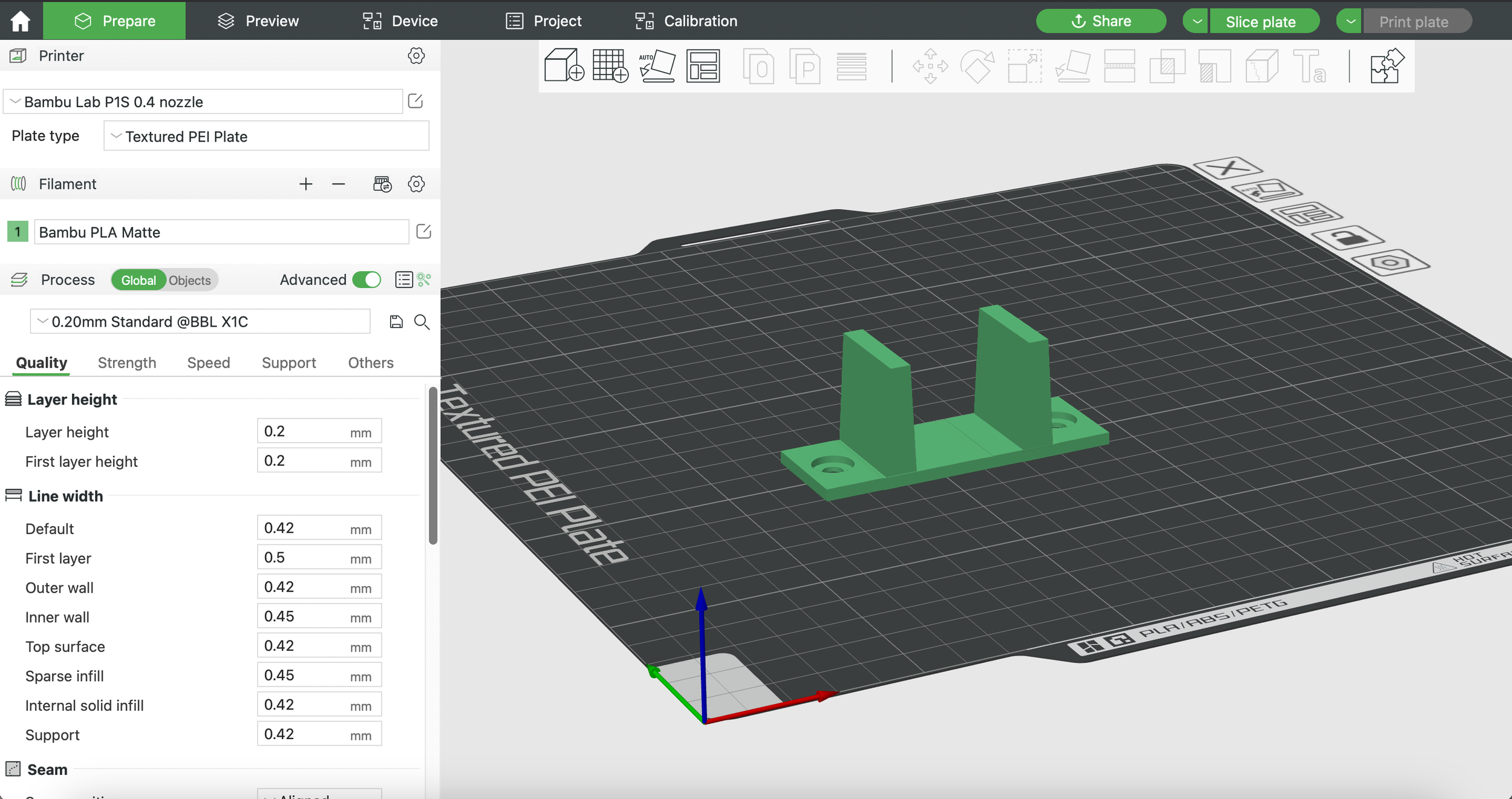Rapid Prototyping 101 - Developmental Casting Projects
Hello, metalworking enthusiasts! Today, we're delving into the exciting rapid prototyping space in investment casting. Gone are the days of labor-intensive processes and lengthy tooling setups. Today, someone can develop high-quality, functional prototypes in as little as 2 hours.
In this blog post, we'll look at how modern technology reshapes how metal components are brought to life. Whether you're a small business owner, a seasoned product developer, or a hobbyist curious about prototyping within the industry, join us as we explore the efficiency, precision, and adaptability that rapid prototyping brings to the world of investment casting.
Wax injection machines are just one of many tools that make rapid prototyping an effective tool for product development.
What is Rapid Prototyping?
Rapid prototyping is a product development method for creating functional or to-scale model parts using 3D modeling (CAD - Computer Aided Design) software. With 3D renders in hand, prototypes can be made using a variety of 3D printing methodologies, quickly cast into a functional metal part, or prepared via CNC machining.
Rapid prototyping is a game-changer in the world of metalworking, and its essence lies in its name. Unlike traditional methods that often involve time-consuming manual labor, hours spent with pen and paper on a draft board, or intricate tooling setups, rapid prototyping harnesses cutting-edge technologies to transform digital designs into tangible prototypes swiftly.
Here's a quick example of a project accomplished in my home in November 2023.
A 3D-printed Guidance Track for a Closet Door
I had a sliding closet door that frustratingly fell off almost twice a week. One fateful Saturday, rather than jumping through the hoop of lifting and resetting the door slide, I hopped onto my computer and began designing a floor mount to aid my failing slide.
With nothing but the width of my door in hand, I spent the next 30 minutes developing three versions of the guide, one with screw holes, one without (for using adhesive to hold it in place), and a more extended format model that I hoped the weight of the door would hold in place.
I fired up my in-home 3D printer, and in 23 minutes, I had my models ready to go. Skipping ahead (because to be honest, a closet door falling off the hinges is pretty dull), I ended up choosing the model with screw holes. I then swapped my testing filament for a more robust PETG version, and my closet door works like a dream nearly 80 days later!
The flexibility that rapid prototyping affords businesses cannot be overstated. Small and large companies can quickly, efficiently, and cost-effectively test multiple iterations of prospective products.
A screenshot of the door track I ultimately went with.
Benefits of Rapid Prototyping
Rapid prototyping in metalworking offers a range of benefits that contribute to improved efficiency, cost-effectiveness, and innovation. Here are some key advantages:
1. Faster Product Development:
Rapid prototyping enables the quick iteration of designs, significantly reducing the time required for product development. What used to take weeks or months can now be reduced to a handful of hours or days.
Shorter development cycles mean that metal components can reach test audiences in a fraction of the time, so you can get customer feedback before spending on a full-fledged production cycle.
Product testing and development are streamlined, meaning you get your product to market faster than ever.
2. Cost Savings:
Traditional methods often involve expensive tooling and molds, especially in metalworking. Rapid prototyping minimizes the need for costly tooling, reducing upfront expenses and overall production costs.
While in the prototyping stage, foundry partners and engineering teams can begin exploring avenues to optimize production, such as tree/gate optimization, workflow, and tooling. These optimizations will make the production process more efficient and cost-effective and lead to quicker turnaround times.
With prototypes, you can test products and explore potential design flaws that lead to expensive recalls or loss of customer trust.
3. An Iterative Design Process:
The ability to create multiple prototypes quickly facilitates an iterative design process. Designers and engineers can quickly test and refine different iterations, leading to improved final product designs.
Testing this way goes beyond functionality. Test different surface finishes, colors, looks, widths, weights, materials, etc.
4. Experiment With Complex Geometries:
Rapid prototyping technologies, such as 3D printing and CNC machining, excel at producing intricate and complex geometries.
This capability is especially beneficial in metalworking, where components may have intricate shapes and features.
5. Customization and Personalization:
In metalworking, especially in industries with bespoke requirements, rapid prototyping allows for the efficient production of customized or one-off metal parts.
It supports the creation of unique designs tailored to specific customer needs, such as left-handed versions of products or products for a foreign market.
6. Reduced Material Waste:
Traditional manufacturing methods may result in significant material waste, especially during the setup of molds and tooling. Rapid prototyping technologies allow for more precise material usage, minimizing waste and promoting sustainability.
7. Adaptability to Design Changes:
Rapid prototyping provides flexibility, allowing for quick adjustments to designs as needed. You can test multiple versions of the part side by side internally, BETA test the product with a consumer pool, or launch a focus group.
This adaptability is crucial when design requirements evolve, new ideas come to light, or unforeseen challenges arise during development.
8. Improved Collaboration:
Prototypes offer a tangible and physical representation of designs, facilitating better communication and collaboration among interdisciplinary teams. Stakeholders can assess prototypes for functionality, cost, and more, leading to more informed decision-making.
9. Quality Assurance:
Prototyping allows for the early detection of design flaws and potential manufacturing issues. Manufacturers can test metal components' functionality, structural integrity, and other performance aspects, ensuring high-quality end products and minimizing the risk of expensive recalls.
10. Risk Mitigation:
Rapid prototyping helps mitigate risks by identifying and addressing issues early in development. Manufacturers can address potential challenges before scaling up production, reducing the likelihood of costly errors.
3D Printing allows designers and product testers the ability to print multiple iterations and prototypes in a diverse array of materials. With recent advancements in 3D printing technology, quality prototypes can go from concept to real life model in just a few hours.
How do I get Started with Rapid Prototyping?
Before kicking off the prototyping process, all you need is a design in mind with an objective. If you have 3D models already prepared or previously designed products, great! If not, don't worry; many foundries have dedicated teams with expertise in CAD software, 3D printing, CNC machining, and beyond. You can even use freelancer resources like Fiverr or Upwork if you are on a budget.
With a design in mind, reach out to an investment casting foundry, machine shop, or another metalworking business that offers rapid prototyping services. Quality prototyping partners will have years of experience helping businesses big and small produce perfectly crafted metal parts. Often, these partners will look at ways to optimize your prototyping process and begin preparations for a future full-scale production run for your metal components. While you engage in internal testing and review, they will be behind the scenes optimizing each step of production, saving you time and money.
While investigating prototyping partners, explore and select the appropriate rapid prototyping technology for your project. In metalworking, this often involves options like 3D printing or CNC machining. Consider factors such as material requirements, intricacy of design, esthetics, and budget constraints. You may also be early in the design stages or just a few steps away from an entire production cycle. Each design stage has unique needs, so make sure your goals are clearly defined and share them with your production team. If you have questions, ask a metalworking professional. They'll be able to show you a litany of options best suited to your needs.
Modern foundries frequently use CAD software to optimize the investment casting process and to assist them in their prototyping work.
Conclusion:
In conclusion, rapid prototyping reshapes metalworking, offering efficiency, cost-effectiveness, and unmatched design flexibility. We've explored its advantages, from accelerated development cycles to exploring and eliminating design flaws. Getting started with prototyping involves:
Clearly defining your project's goals
Selecting the right technology & prototyping partner
And embracing an iterative approach to design
Whether you're a seasoned pro or new to the field, rapid prototyping unlocks almost limitless opportunities for your business and product; all you need to get started is an idea!
Disclaimer:The content provided in this blog is intended for informational purposes only. We make no guarantees regarding the completeness of the information presented. It is imperative for individuals seeking casting/manufacturing solutions to define their specific requirements clearly. This blog does not offer manufacturing or casting advice, and readers are encouraged to contact our dedicated team for more detailed quotes, personalized information, and expert assistance tailored to their unique needs. 



